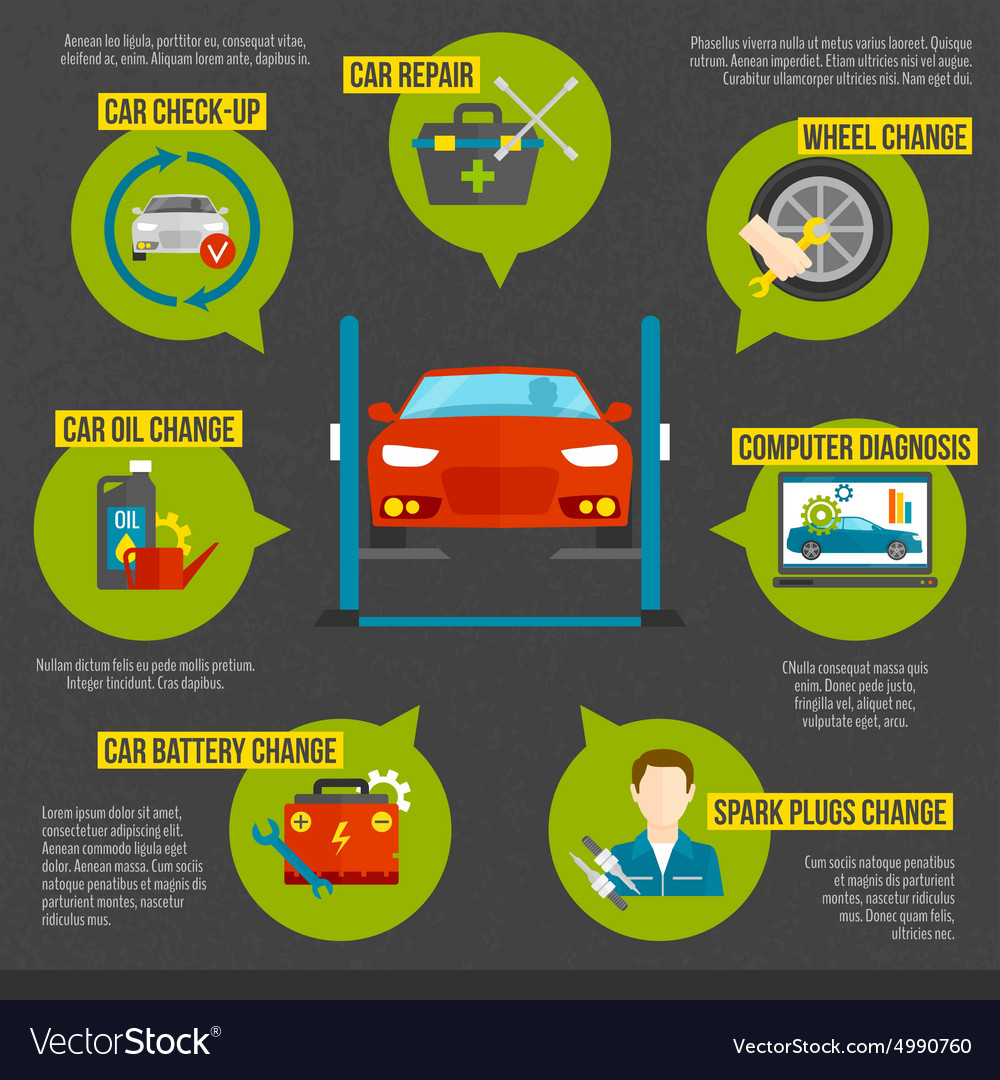Translating Your Automobile'S Alert Lights: Their True Ramifications
Translating Your Automobile'S Alert Lights: Their True Ramifications
Blog Article
Material Writer-Samuelsen Stark
When you're behind the wheel, those glowing warning lights on your control panel can be a bit bewildering. Do you understand what they're trying to tell you about your automobile's health and wellness? Recognizing paint protection film of these lights is crucial for your safety and the long life of your automobile. So, the next time among those lights appears, would not you want to analyze its message accurately and take the necessary steps to resolve it?
Common Caution Lighting and Interpretations
Identify typical caution lights in your auto and recognize their significances to make certain safe driving.
One of the most regular caution lights consist of the check engine light, which signifies problems with the engine or discharges system. If this light begins, it's vital to have your automobile inspected without delay.
The oil pressure cautioning light shows low oil pressure, calling for instant interest to avoid engine damage.
A blinking battery light could suggest a faulty billing system, potentially leaving you stranded otherwise dealt with.
The tire stress tracking system (TPMS) light alerts you to reduced tire pressure, affecting automobile security and gas performance. Ignoring this could cause harmful driving conditions.
The abdominal light indicates a trouble with the anti-lock stopping system, compromising your capability to quit promptly in emergency situations.
Finally, the coolant temperature warning light warns of engine overheating, which can result in extreme damage if not settled quickly.
Recognizing these common warning lights will help you attend to concerns promptly and keep safe driving problems.
Value of Prompt Attention
Comprehending the usual warning lights in your cars and truck is just the first step; the importance of quickly dealing with these warnings can't be stressed sufficient to guarantee your safety and security when driving.
When the detailing specialist brightens on your control panel, it's your automobile's way of interacting a potential problem that needs interest. Neglecting these cautions can result in a lot more extreme issues down the road, compromising your safety and potentially costing you more out of commission.
Motivate interest to alerting lights can stop breakdowns and accidents. For instance, a flashing check engine light could suggest a misfire that, if left ignored, could create damages to the catalytic converter. Addressing supplemental resources can save you from a costly repair.
In a similar way, a brake system warning light could indicate low brake fluid or worn brake pads, essential components for your safety and security when driving.
Do It Yourself Troubleshooting Tips
If you see a warning light on your dashboard, there are a few DIY fixing ideas you can try before seeking specialist assistance.
The initial step is to consult your auto's guidebook to recognize what the certain caution light indicates. Sometimes the issue can be as easy as a loose gas cap setting off the check engine light. Tightening up the gas cap may deal with the issue.
Another typical problem is a low battery, which can activate different advising lights. Inspecting the battery connections for deterioration and ensuring they're safe might repair the problem.
If a caution light lingers, you can attempt resetting it by disconnecting the auto's battery for a few mins and then reconnecting it. Additionally, examining your car's fluid levels, such as oil, coolant, and brake fluid, can aid troubleshoot warning lights associated with these systems.
Conclusion
Finally, understanding your car's warning lights is necessary for keeping your automobile running efficiently and safely. By without delay resolving these alerts and understanding what they mean, you can avoid expensive repair services and prospective break downs.
Remember to consult your car's handbook for particular details on each warning light and take action as necessary to ensure a hassle-free driving experience.
Keep educated, stay risk-free when driving!
